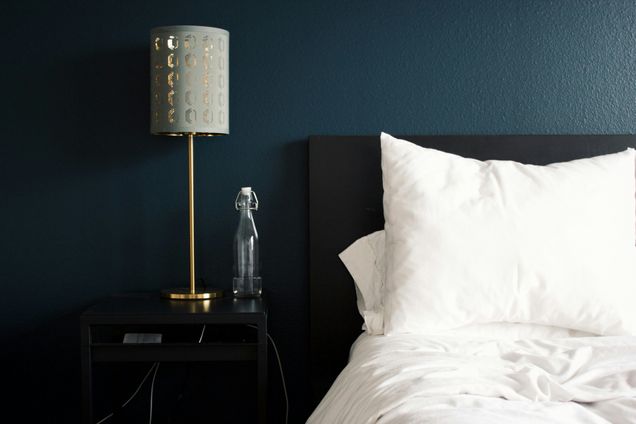Officer-Involved Killings of Unarmed Black People and Racial Disparities in Sleep Health

Black individuals are more likely to report shorter sleep durations compared with white individuals, posing a potential public health problem given that short sleep is risk factor for many chronic and mental health conditions. Unequal exposure to police violence, a cardinal manifestation of structural racism, may be a contributor to racial disparities in sleep health. Both direct and vicarious exposure to police use of deadly force have been linked to poor health outcomes, most notably poor mental health.
In a new journal article published in Jama Internal Medicine, Jacob Bor and coauthors assessed changes in sleep duration in the Black population after officer-involved killings of unarmed Black people to understand how structural racism influences public health issues. Using survey data, the authors identify differences in sleep duration while comparing them to dates that survey respondents were potentially exposed to an officer-involved killing of an unarmed Black person.
Main findings:
- Sleep duration among Black survey respondents worsened after exposure to officer-involved killings of unarmed Black individuals in their area of residence, with worsening sleep duration primarily manifesting as increases in short sleep and very short sleep. The findings suggest a 2.7 percent to 4.6 percent increase in probability of reporting short sleep and a 6.5 percent to 11.4 percent increase in reporting very short sleep after exposures.
- The findings were specific to officer involved killings of unarmed Black people and no adverse outcomes on sleep health were found for White respondents.
The authors’ findings underscore the importance of addressing the broader structural forces that pattern inequities in exposure to police violence and in health. For instance, policies that seek to increase political voice, foster wealth accumulation, improve environmental conditions and physical structures in neighborhoods and address residential segregation may help counter the long-standing pattern of structural racism in predominantly Black communities, while also serving to bolster sleep and overall health directly.
Read the Journal Article